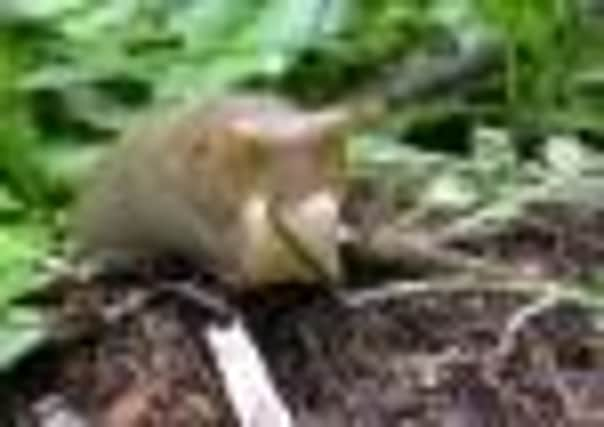Health fears as slug poison finds its way into rivers


Each slug can devour a plant faster than it can grow, attacking seedlings almost as soon as they’ve appeared above ground, and once the shoots are eaten, they do not regerminate. If left unchecked, slugs will easily chomp their way through an entire crop in a matter of days.
The first line of defence against slugs for most farmers, as it is for gardeners, is the use of baits – usually a blue pellet containing metaldehyde.
Advertisement
Hide AdAdvertisement
Hide AdBut the pesticide has begun to pose a problem for water companies. Although well below levels harmful to humans, the chemical still threatens the ability of water companies to comply with tough drinking water quality standards.
Yorkshire Water’s Andrew Walker, says: “The issue our industry has at the moment is that there’s no effective means of removing metaldehyde from the water.”
Eastwards from the Dales and Pennines to the Wolds and Humber, there have been talks with farmers to adopt different slug-pellet practices. Much of the work has focused on the 800-square-mile catchment of Yorkshire’s River Derwent, which rises high on Fylingdales Moor, in the North York Moors National Park, and flows south through the Vales of Pickering and York to join the tidal River Ouse at Barmby; there is also much work going on in the catchment of the River Ouse and its tributaries.
At two points on the river – Elvington, to the south-east of York, and Loftsome Bridge north of Howden – around 330m litres a day are taken. At times, a quarter of all Yorkshire Water’s supplies are piped to Hull, Leeds and Sheffield.
Advertisement
Hide AdAdvertisement
Hide AdAndrew Walker, who is catchment development leader for the company, emphasises that the metaldehyde problem is “not massive in Yorkshire”. It is a much greater issue on the Thames and other rivers in southern England.
“The regulatory standard is one part in 10bn – just one drop in an Olympic-sized swimming pool. The levels of detection we’re getting here on the Derwent are around that level, sometimes higher. You’d have to drink something like 1,000 litres a day for it to cause a health issue.”
The metaldehyde issue has also been identified on the Ure, Ouse, Swale, Hull and Esk.
So-called “slug-pellet calibration days” are held to show how crops can be treated just as well against slugs by setting the spreaders more effectively.
Advertisement
Hide AdAdvertisement
Hide AdFarmers are also encouraged to check their fields for slugs or their tracks, and apply pellets only to affected areas rather than dosing an entire field.
Further hope may be offered by the use of an alternative slug pellet, ferric phosphate, which is particularly effective in Yorkshire.
It degrades over time in the soil and so less of it is likely to wash into the river system. Yorkshire Water are currently carrying out trials.
But what about the contribution gardeners make to metaldehyde pollution?
Advertisement
Hide AdAdvertisement
Hide AdDavid Rees, local farming officer for the Natural England Catchment Sensitive Farming Project, says it’s on a smaller scale. But, he points out, there is no training course for gardeners.
He says people who pour a blue ring of slug pellets around each plant are massively overdosing.
For advice on slug control visit www.pelletsarepesticides.co.uk
A good website for metaldehyde best practice is maintained by the Metaldehyde Stewardship Group at www.getpelletwise.co.uk